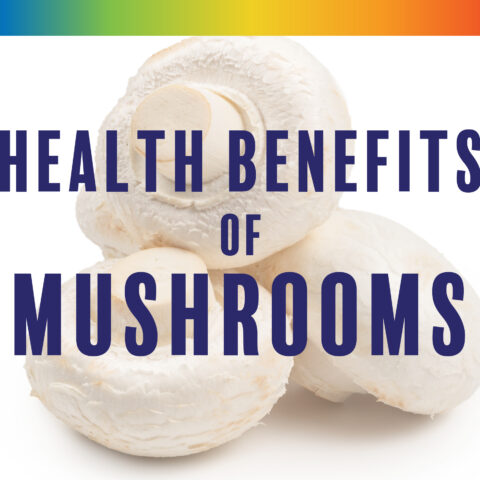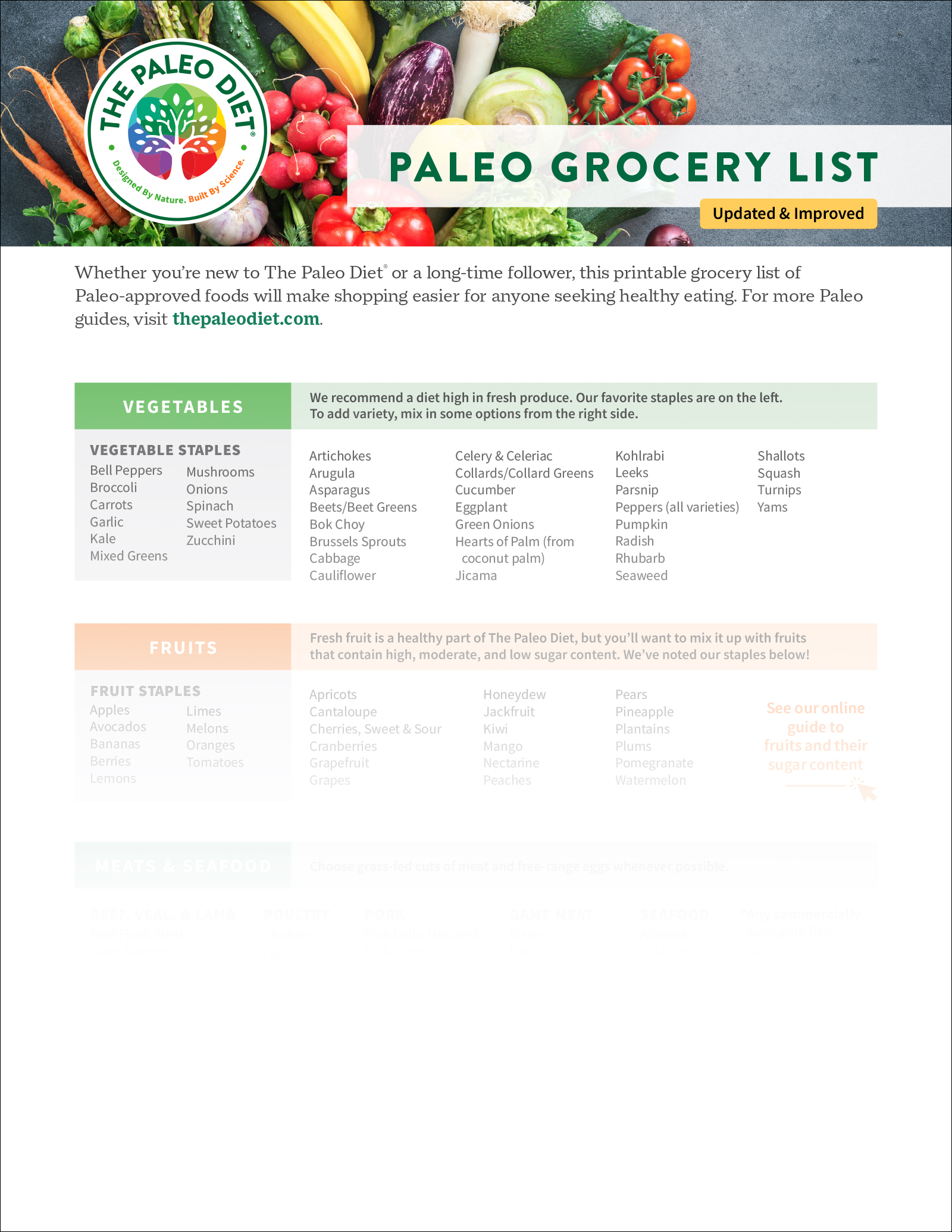Nell’s Corner: Top Five Tips to Burn Fat

Can we turn out bodies into better fat burners without pills, powders, and packaged shake mixes?
We can if we change what we eat.
Some may be surprised to learn that one of the most effective strategies for getting more efficient at using fat rather than carbohydrate as our fuel is to eat more of the very thing we have been told for years to avoid: fat.
To clarify, this is not to suggest that we should simply add fat to the diet; rather, to shift the focus away from a high carb method of eating to one garnering more of its calories from an array of natural fat sources.
A study published by the Harvard T.H. Chan’s School of Public Heath showed that “a low-carbohydrate diet may help people lose weight more quickly than a low-fat diet and may help them maintain that weight loss.” In addition, a low-carb diet was most beneficial for lowering triglycerides – the main fat-carrying particle in the bloodstream – and also delivered the biggest boost in protective HDL cholesterol. [1]
Trust me, not only will you begin to see the pounds come off, you’ll quite likely begin to enjoy your meals much more, due to how satiating fat is.
Below are my top five tips to help make the shift to eating more fat and begin the transition into being a better fat burner.
1. Up your water intake
No, I’m not suggesting you take a mind-over-matter approach to your hunger by drinking water instead. Rather, simply check in to see if the next time you’re feeling hungry, you’re actually just thirsty. Thirst can sometimes masquerade as hunger since the same part of your brain is responsible for interpreting hunger and thirst signals (resulting in mixed signals). [2] Before reaching for a snack, it’s worth a quick check by simply having a glass or two of alkaline water to make sure that doesn’t do the trick.
How much water should you be taking in? There’s no one-size fits all approach since there are many factors that would skew one’s need for water, such as age, activity level, gender, supplements, and medications. A safer bet is to simply make sure that your urine is light straw-color.
Keep in mind, if you actually are thirsty, that’s a clear sign you’re dehydrated. Thirst indicates you’re already about 2-3% under where you should be. Bottoms up!
2. Reduce the carbs- that includes fruit
Eating white sugar has no part in a sound approach to weight loss, or a sound approach to health, for that matter – but it’s not just white sugar we need to be concerned about. Many people eat far more fruit than veggies (no thanks to the categorization of the two together when we get the recommendation to ‘eat fruits and veggies’) resulting in more sugar and less fiber. Begin to reduce the number of fruits you’re consuming each day. You may be surprised to see the need to eat as often decreases due to how much more satisfied you are after eating an abundance of colorful veggies.
3. Eat more vegetables
Let’s be honest; are you really eating enough leafy greens? Did you know only 1 in 10 Americans eat enough? [3] Spring and summer are the perfect time to head to your local farmer’s market. Ask vendors for ‘how to’s’ in terms of ways to prepare veggies that you’re learning about, perhaps for the first time!
4. Up the fat
While it does require some thinking outside the box, adding a variety of healthy fats to the diet is really not all that radical. Simply use a bit more coconut oil to sauté your veggies and prepare your over-easy whole eggs on top of some sliced avocado. Little things like this can do the trick to take what might have been a low calorie and low fat meal from ‘lite’ to ‘luscious’. Plus, it will be all the more enjoyable and you’re not going to need a snack in two hours.
5. Check your sleep
Not getting enough sleep can spoil even the most prefect eating and exercise regimes. The Mayo Clinic reported in a study that women who slept less than six hours a night or more than nine hours were more likely to gain 11 pounds (5 kilograms) compared with women who slept seven hours per night. (4)
The bottom line
If you’re feeling skeptical about upping the fat and going against what we’ve been told for years, ask yourself one question: how has the low fat approach been working for you so far?
If you find yourself trying to achieve a different result while following the same approach, why not try something new, rather than banging your head against the wall, trying to figure out why it’s just not working (again)?
References
1. “Low-Carbohydrate Diets.” The Nutrition Source. Harvard’s HT Chan School of Public Health, 12 Apr. 2016. Web. 07 May 2017.
2. Bruso, Jessica. “Difference Between Being Hungry and Thirsty.” LIVESTRONG.COM. Leaf Group, 13 May 2011. Web. 07 May 2017.
3. Thompson, Dennis. “Only 1 in 10 Americans Eats Enough Fruits and Veggies: CDC.” Consumer HealthDay. N.p., 09 July 2015. Web. 07 May 2017.
4. Hensrud, M.D. Donald. “Sleep and Weight Gain: What’s the Connection?” Mayo Clinic. Mayo Foundation for Medical Education and Research, 16 Apr. 2015. Web. 07 May 2017.




